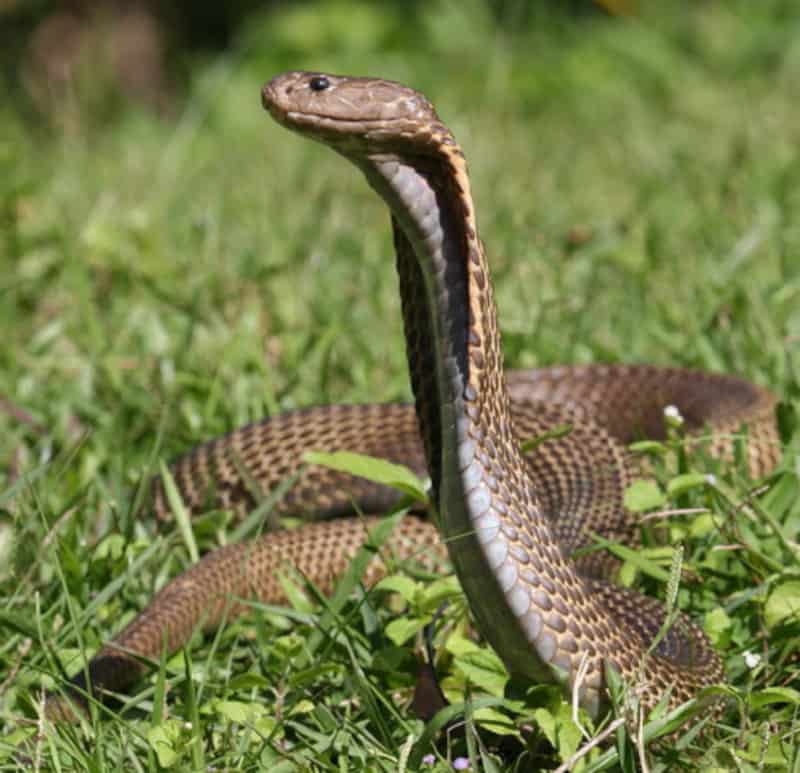
Philippine Cobra Facts
- The informative term of Philippine Cobra serves as one of several common names for this particular species of reptile. Many people choose to refer to it by one of its alternate terms. These include Phillipine spitting cobra and northern Philippine cobra.
- Among scientific professionals, however, it more commonly goes by its formal name. Fortunately, that’s relatively simple, as such terms go. Experts such as herpetologists therefore typically know this specific snake best by the term of Naja philippinensis.
- The animal received this name due to the efforts of the American herpetologist, Edward Harrison Taylor. That’s because the noted researcher made the first official recognition of it as a separate and distinct species. He accomplished this in the year 1922.
- Regardless of which term on employs when speaking of it, it remains a remarkable creature. Outside of its native range, it’s generally overshadowed by its better-known genetic cousin, the King Cobra. This snake, however, remains much smaller in size.
- Sadly, though, this fascinating product of evolution appears to have a small population base. Equally lamentably, those numbers appear to be dwindling rapidly across its range. The IUCN therefore currently lists it as Near Threatened on its Red List.
- The marvelous Philippine Cobra presently faces numerous threats to its continued existence as a species, though. Some of these stem from the actions of humans, either directly or indirectly. Its greatest threat, however, likely comes from climate change.
Related Articles
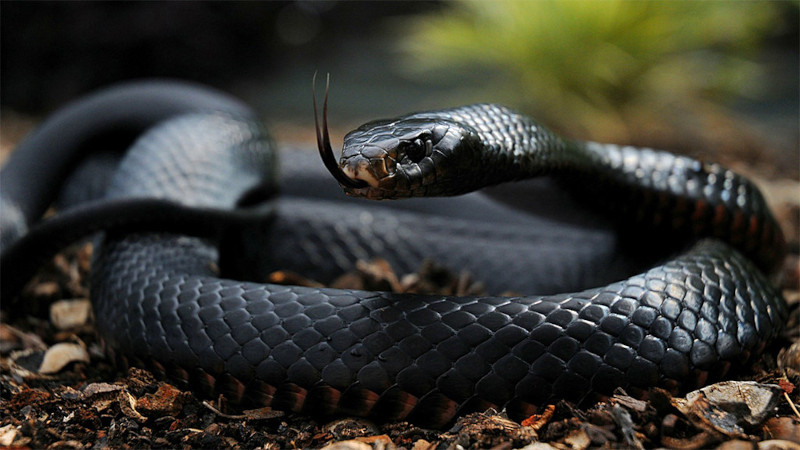
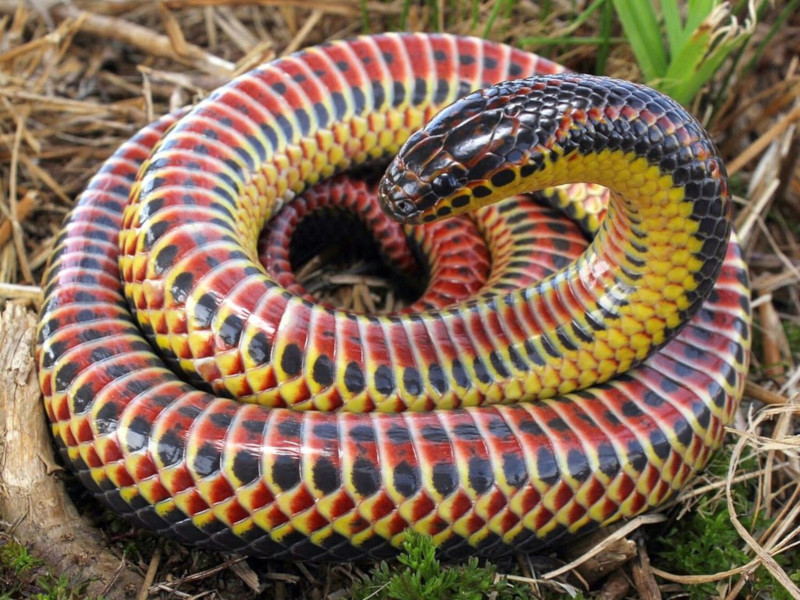
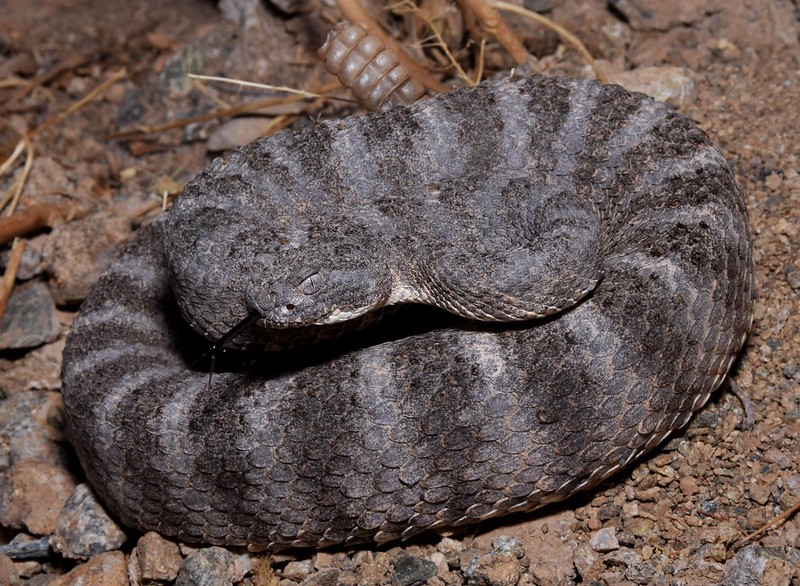
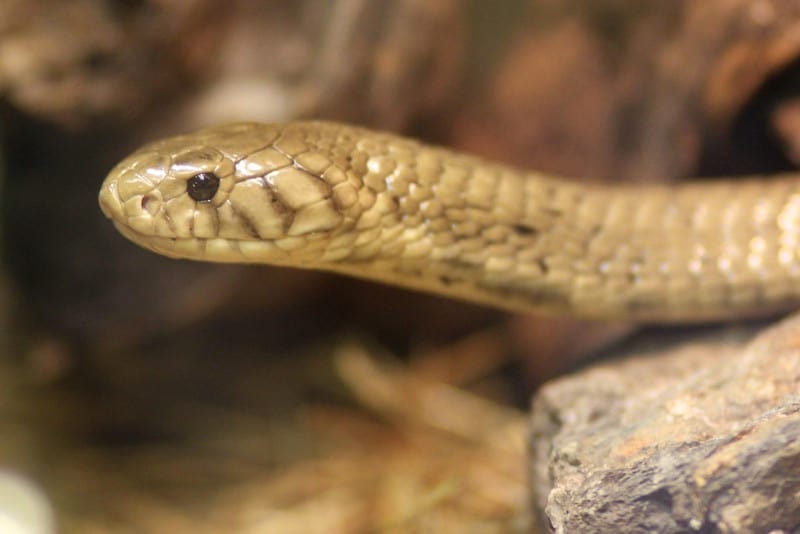
Philippine Cobra Physical Description
The reptile known as the Philippine Cobra easily draws the attention and appreciation of those who encounter it. It does so for various reasons, of course. Sheer physical size, however, isn’t among them. That’s due to the fact that it’s much smaller than some cobras.
Like most its genetic cousins, this reptile also displays a certain degree of the trait of sexual dimorphism. In its particular case, though, this physiological characteristic remains relatively minor. It further manifests this gender-based difference in terms of simple physical size.
More specifically, females of the reptile typically attain shorter lengths. Overall, though, members of the species reach an average length of roughly 3.3 ft (1 m). Exceptional specimens do occur, of course. Yet even these only reach a known length of 5.2 ft (1.6 m).
It also usually develops a comparatively stocky body shape. Also like its many relatives, it develops cervical ribs evolved to expand. This allows for the ability to form a hood that’s so well known among cobras. This it generally does in response to perceived threats.
The head of the remarkable Philippine Cobra presents as somewhat ellipitical, and depressed in form. This further develops as slightly distinct from the neck. The intriguing creature further has a rounded, short snout, that boasts relatively small nostrils for a snake.
The majority of adult examples of Philippine Cobra present a uniformly medium brown shade on the upper body. The underneath of the snake usually appears a lighter shade of brown. Juveniles, though, typically present a much darker shade of brown across the body.
- Kingdom: Animalia
- Phylyum: Chordata
- Class: Reptilia
- Order: Squamata
- Family: Elapidae
- Genus: Naja
- Species: N. philippinensis

Philippine Cobra Distribution, Habitat, and Ecology
The stunning Phhilippine Cobra evolved as native to a region of the globe well known for its natural beauty and variety. Given its name, that region comes as no surprise, of course. That’s because, as implied, the reptile developed natively in part of the Philippines.
Within that overall region, however, it only makes its presence known in a limited portion of the area. That’s comprised of the northern section, as referred to in one of its alternate names. More precisely, it inhabits the islands of Catanduanes, Mindoro, Luzon and Masbate.
It potentially inhabits neighboring islands, but that currently remains unconfirmed. Where it does live, though, it displays an impressive adaptability in terms of its habitat preferences. This tendency extends to a somewhat wide range in both altitudes and terrain.
Due to this flexibility, the reptile makes its home in such areas as highland forests and low-lying plains. Yet it also appears equally at home in sections of grasslands, open fields, agricultural areas, dense jungle, and even modrately dense sections of human habitation.
The Philippine Cobra additionally displays a strong preference for locations near water. This naturally affects its overall diet. The majority of that consists of frogs and other small mammals. But it also preys on small lizards, eggs, birds, and occasionally even other snakes.
The relative toxicity of its venom varies widely among individuals. Typically, however, this ranks the animal among the most lethal members of its genus. Its own predators therefore remain few. These include humans, mongoose, large birds of prey, and king cobras.
Species Sharing Its Range
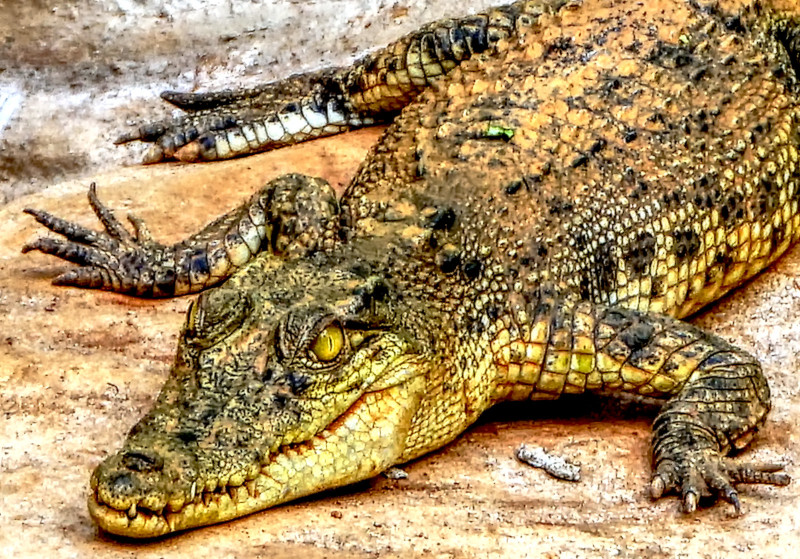

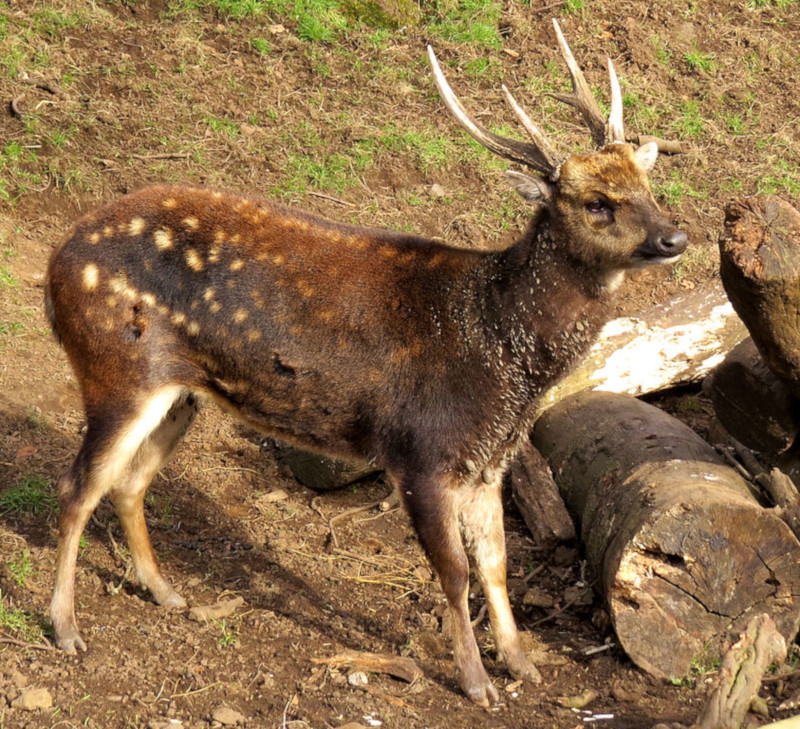
Check out our other articles on 5 Awesome Sharks of Australia, Texas Blind Salamander, Macquarie Island, Atlas Beetle, Moon Orchid, European Eel, Island Fox, Blue-lipped sea krait









Leave a Reply